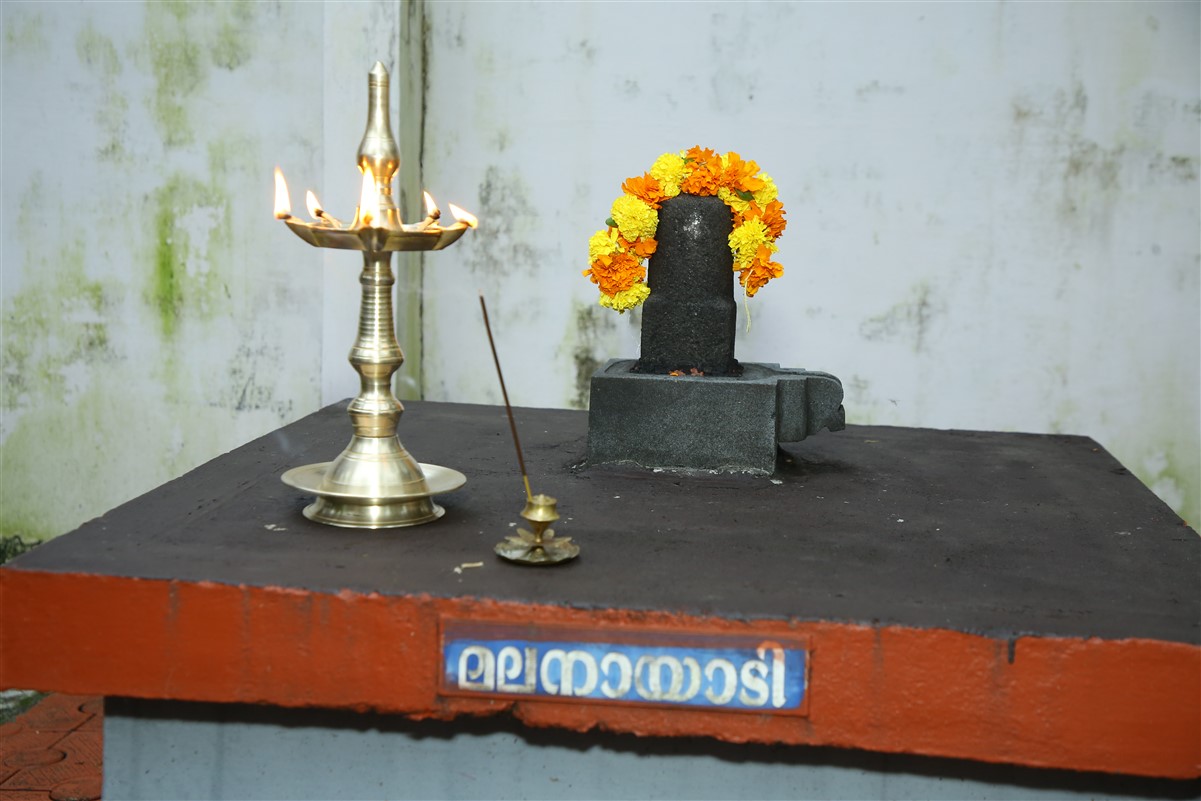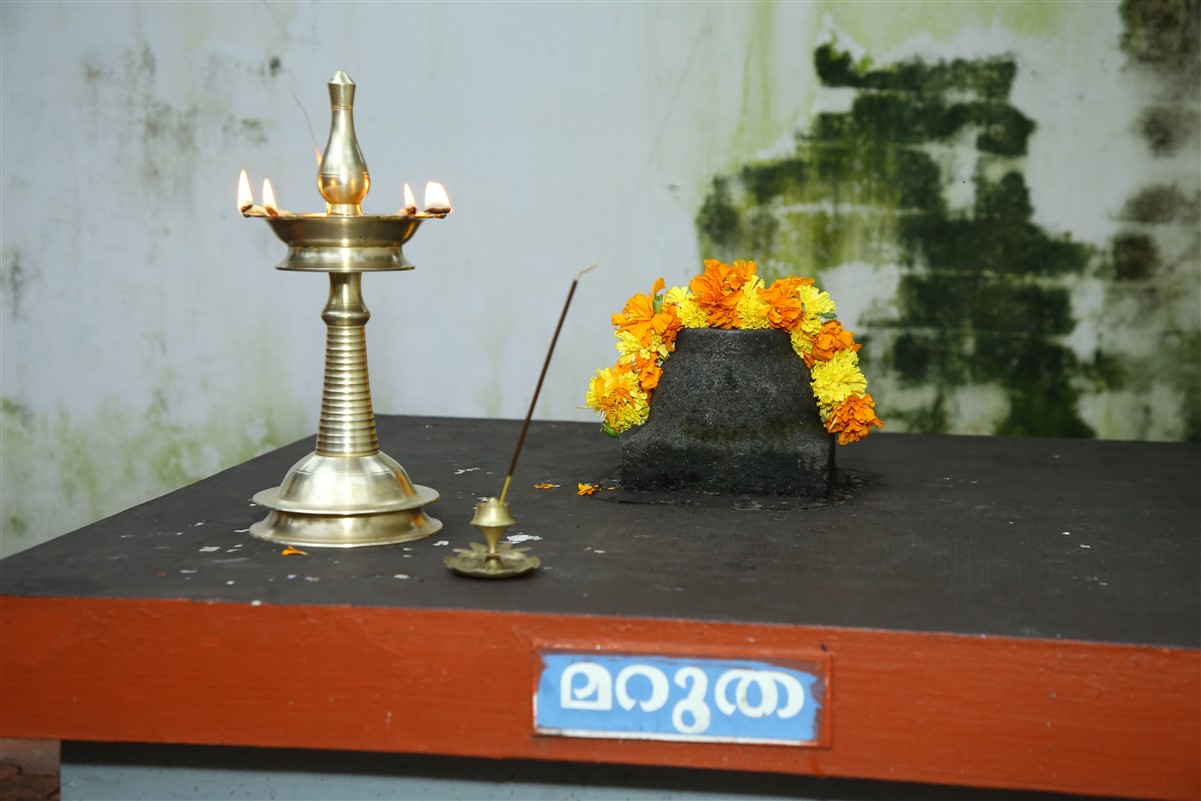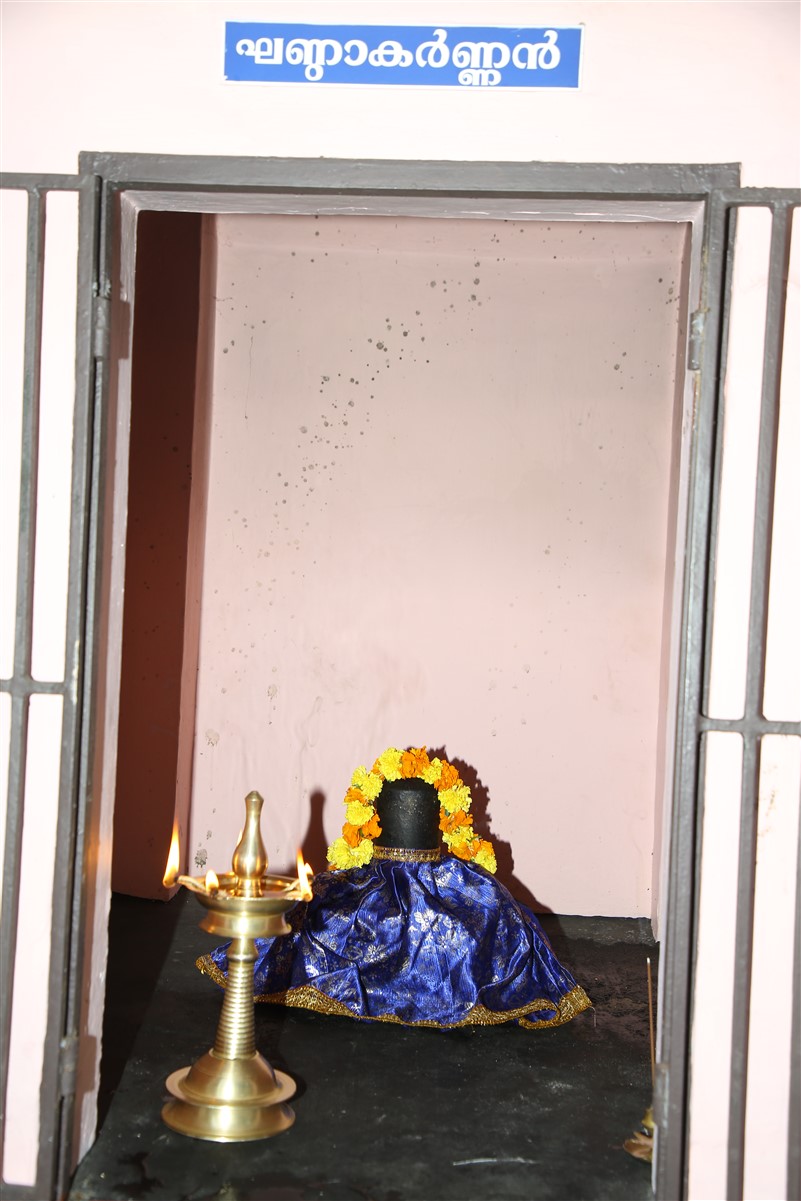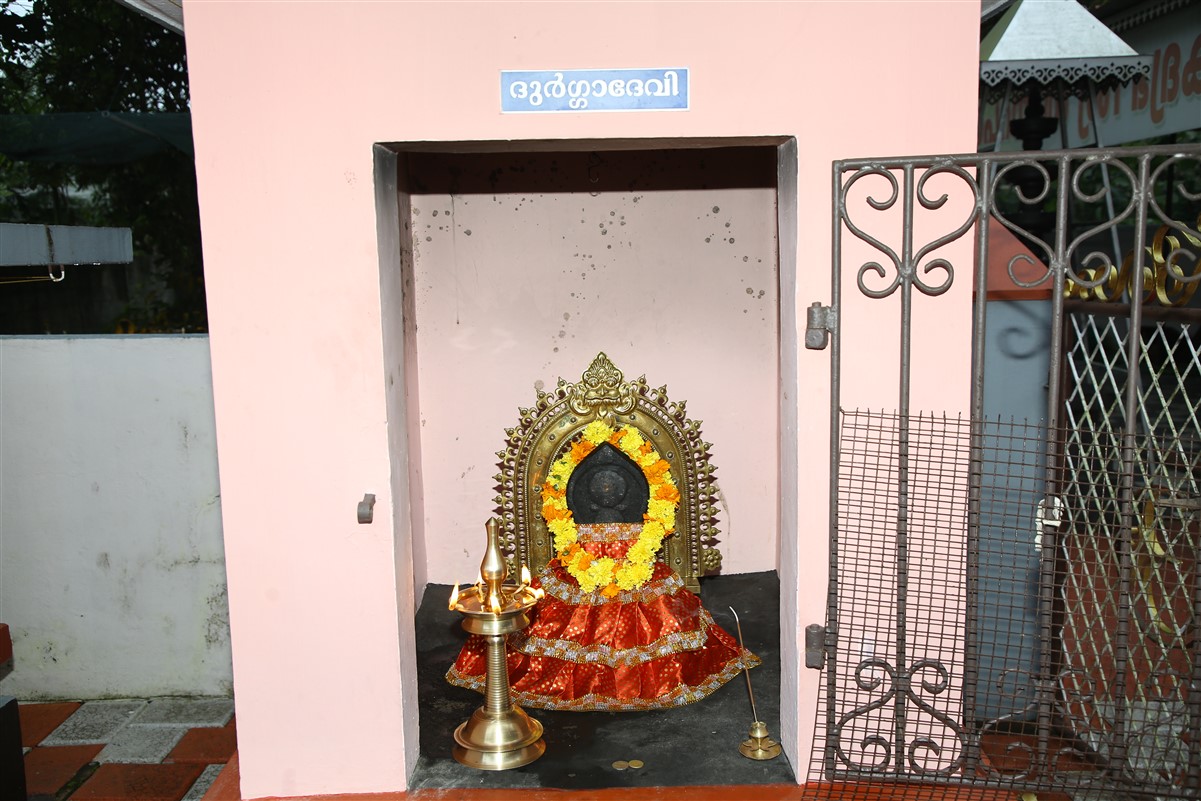Kachaparambil Bhadra Kali Kshethram
about us
Sri Bhadra Kali is considered to be one of the fierce forms of Goddess Kali, and the private family-owned temples dedicated to her are unique in their own way. These temples are usually owned and managed by a particular family or group of families, who have been maintaining the temple for generations.

Bhadra Kali Kshethram
Kachaparambil Temple
The Kachaparambil Bhadra Kali temple is not just a place of worship but also a center for cultural and social activities. The temple committee organizes various programs and activities to promote art, culture, and education in the region.
at the temple
The Upa Devatas
The worship of Upa Devatas is an important aspect of a temple, and it is believed that they play a significant role in the fulfilment of devotees’ prayers and wishes. The Upa Devatas are usually placed outside the main sanctum sanctorum of the temple or shrine, but worshipped along with the main deity.
Malanayadi
The word “Malanayadi” is derived from the Malayalam language, where “Mala” means mountain, and “Nayadi” means guardian. Therefore, Malanayadi is considered to be the guardian of the mountains or hills.
Marudha
Marudha is believed to be a powerful deity associated with agriculture, fertility, and rain. The deity is usually depicted as a guardian or protector of farmland and crops. In some depictions, Marudha is also shown holding a plow, an axe, or a sickle.
Durga Devi
Durga Devi is a fierce and powerful goddess, often depicted with multiple arms holding weapons, riding a lion or tiger, and slaying demons.
Durga is considered the embodiment of feminine power, and her worship is often associated with Shaktism, a branch of Hinduism that focuses on the worship of the divine feminine energy or Shakti.
Ghantakaranan
Ghantakarna is derived from two Sanskrit words – “ghanta” meaning bell and “karna” meaning ear.
Ghantakarna is usually depicted as a fearsome deity with two bells as his ears. He is considered to be a protector against evil spirits and negative energies. The worship of Ghantakarna is prevalent in Gujarat, where he is believed to protect the devotees from evil spirits and other dangers.




greatest asset
our people and community
Family-owned temples dedicated to Sri Bhadra Kali in Kerala are a unique aspect of the state’s rich cultural heritage. The Kachaparambil Bhadra Kali temple is a shining example of the same, with its rich history, unique architecture, and vibrant cultural and social activities.